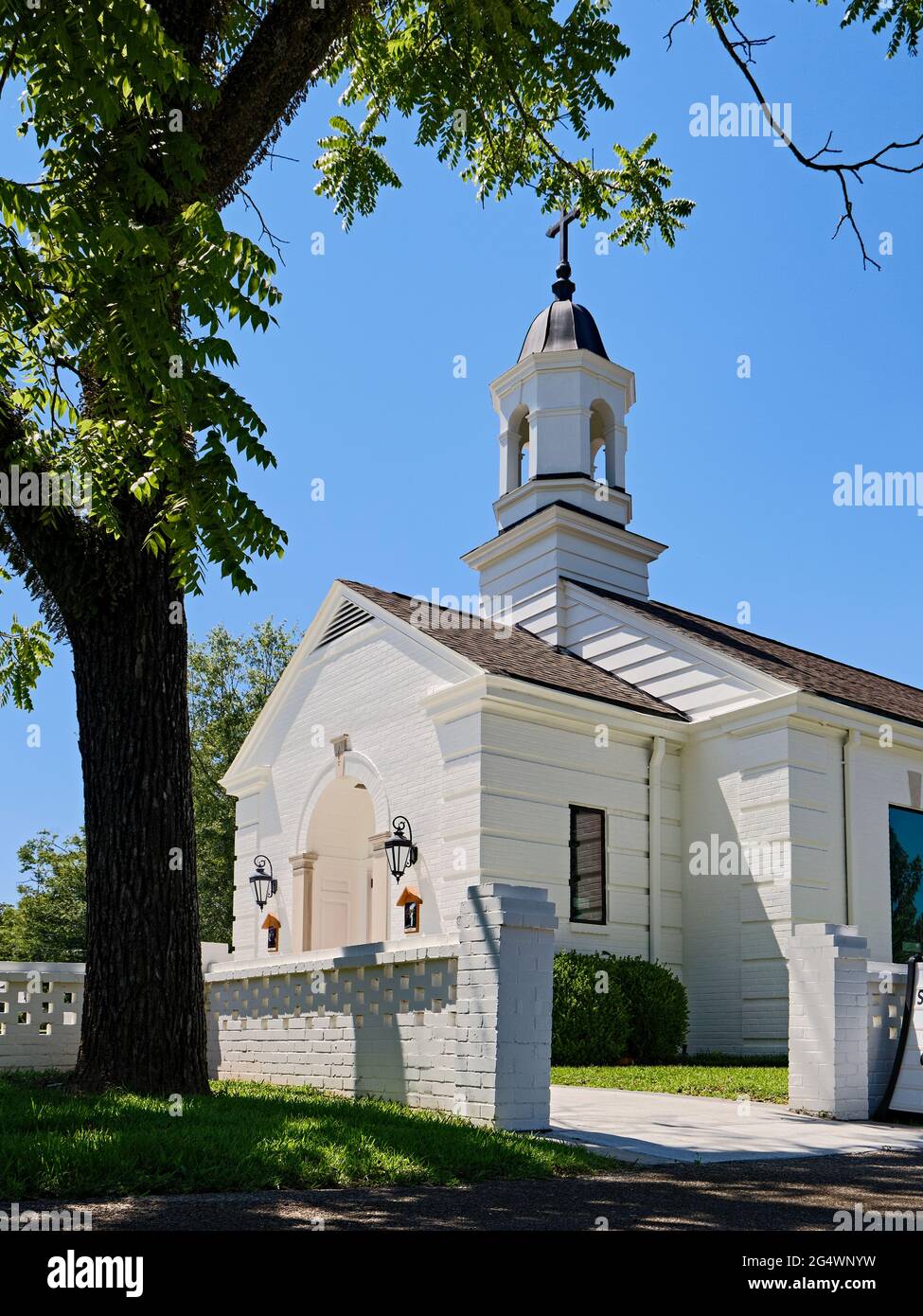Area and Worship: Churches in Lancaster Ohio
Area and Worship: Churches in Lancaster Ohio
Blog Article
Uncover the Rich Background and Tranquility of Churches in Lancaster Ohio
Nestled within the serene landscapes of Lancaster, Ohio, exists a tapestry of churches that not just serve as places of prayer but likewise stand as silent witnesses to the rich background and building marvels of the area. As we check out the midsts of Lancaster's church history, we uncover tales of durability, confidence, and the long-lasting legacy that proceeds to shape the contemporary landscape.
Historical Advancement of Lancaster Churches
Progressed from modest beginnings, the churches in Lancaster, Ohio have a rich historic evolution that mirrors the area's solid religious heritage. The early churches in Lancaster were simple structures, typically wood buildings where settlers gathered to praise and develop their area. As the town expanded, so did the churches, with several parishes expanding and building more elaborate habitations to fit their participants.
Throughout the years, the churches in Lancaster have played a substantial role in forming the town's cultural and social landscape. They have been centers of not simply prayer but likewise area gatherings, education and learning, and assistance during times of challenge. Several of the churches in Lancaster have stood for generations, seeing the town's evolution from a little negotiation to a thriving community.

Building Marvels in Lancaster Ohio
A number of striking architectural marvels elegance the landscape of Lancaster, Ohio, showcasing intricate designs and historical significance. One such wonder is the Georgian-style Fairfield Area Court house, constructed in 1871. Its outstanding white exterior, grand columns, and clock tower make it a popular landmark in the city. The Sherman Home Museum, a Victorian estate constructed in 1823, is another building treasure. With its luxuriant detailing, wrap-around veranda, and historic exhibits, it supplies visitors a peek into Lancaster's past - churches in lancaster ohio.
The Attractive Arts Facility of Ohio, housed in a restored 1835 Greek Rebirth estate, is a work of art of building preservation. Its sophisticated balance, high columns, and detailed moldings exhibit the workmanship of the era. Furthermore, the Martens Structure, a historic commercial framework dating back to 1871, boasts a blend of Italianate and Victorian architectural styles, adding to the city's architectural variety.
These architectural wonders not only enhance the aesthetic appeal of Lancaster however also act as valuable web links to its abundant background and social heritage.
Spiritual Tranquility Among Lancaster's Churches
In the middle of the architectural marvels that grace Lancaster, Ohio, the churches in the city provide a tranquil spiritual refuge for residents and site visitors alike. These sacred areas of praise not only stand as signs of faith yet also function as havens of harmony in the busy city. Stepping right into the churches in Lancaster, such as the historic St. Mary of the Presumption Church or the classy First United Methodist Church, site visitors are enveloped in a sense of tranquility and consideration.
The spiritual tranquility discovered within Lancaster's churches offers a moment of reprieve from the needs of day-to-day live, inviting individuals to show, practice meditation, and find relief in their faith. churches in lancaster ohio. Whether one seeks a peaceful place for individual prayer or a neighborhood to cooperate worship, the churches in Lancaster provide to a diverse array of spiritual demands
In a world click this link filled up with noise and interruptions, the churches in Lancaster, Ohio, stand as beacons of calmness and representation, offering a room where individuals can link with their inner selves and find spiritual renewal.
Neighborhood Effect of Lancaster Churches
Lancaster churches play a crucial function in shaping and enhancing the local community through their numerous outreach programs and services. These churches serve as columns of support, offering support to those in need and cultivating a feeling of belonging amongst locals - churches in lancaster ohio. Through efforts such as food drives, clothing contributions, and shelter provisions, Lancaster churches proactively resolve issues of poverty and being homeless within the area
Furthermore, Lancaster churches regularly organize neighborhood events and events that advertise unity and togetherness. These occasions supply opportunities for individuals from all profession to come with each other, share experiences, and develop long lasting relationships. By cultivating go to website a sense of community spirit, Lancaster churches add to the total well-being of the citizens and produce a helpful atmosphere for all.
Heritage Preservation Efforts in Lancaster
Having actually established themselves as integral columns of the community, the churches in Lancaster, Ohio, have been actively taken part in preserving the rich heritage of the region with dedicated initiatives and campaigns. These heritage preservation endeavors are essential in maintaining the historic importance and building elegance of the churches for future generations.

Furthermore, area outreach programs organized by the churches play an important role in heritage conservation. These programs not only educate the general public regarding the historic relevance of the churches yet also engage volunteers in conservation tasks such as historical study, artifact preservation, and assisted historic trips. By including the neighborhood in these initiatives, the churches cultivate a feeling of stewardship and cumulative responsibility towards maintaining Lancaster's abundant heritage.
Conclusion
In final thought, the churches in Lancaster, Ohio, are not only historic landmarks with architectural importance but additionally work as spiritual havens for the see it here neighborhood. Their effect goes past just spiritual solutions, as they play an important duty in protecting the heritage and background of the location. With their abundant history and serene environment, the churches in Lancaster remain to be an important component of the neighborhood, showcasing the importance of faith and tradition.
Report this page